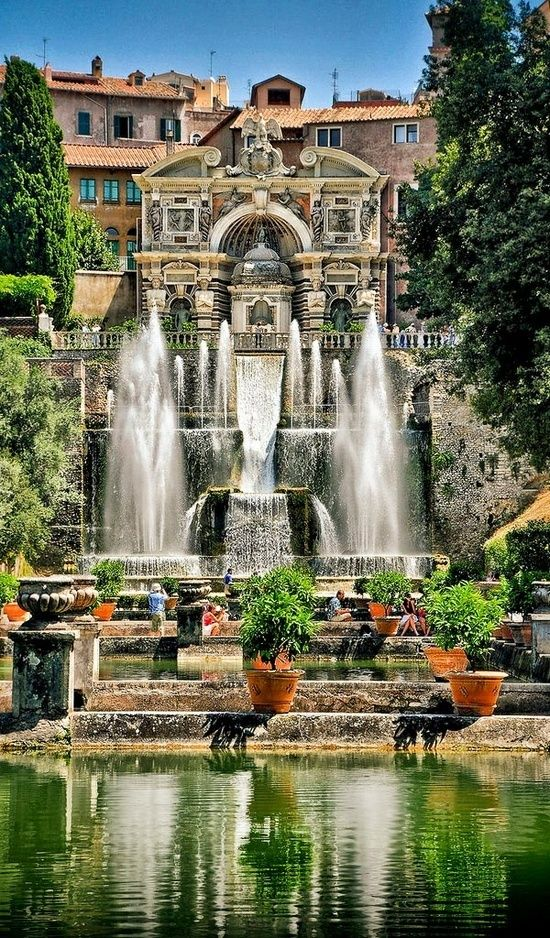WATERFALL SET - A HIGH JEWELRY COLLECTION FOR WOMEN
When François I, King of France, returned from Italy, he brought with him a new vision for his kingdom. Eager to make his court a center of artistic and cultural influence in Europe, he invited the finest Italian artisans to settle in France. Thus, the Mellerio family, heirs to a long jewelry-making tradition, left Italy to establish themselves in Paris, bringing with them a rich heritage of craftsmanship and creativity. The Mellerios quickly established themselves as renowned jewelers, capturing the attention of nobles and the royal court with their unique creations that combined Italian finesse with French grandeur. Despite their success in France, the family remained deeply connected to their Italian roots, nostalgically recalling the landscapes of their homeland, particularly the majestic cascades of the Villa d’Este, a gem of the Italian Renaissance.
Waterfalls, a source of inspiration
Under the guidance of Laure-Isabelle Mellerio, the current president and artistic director of Maison Mellerio, a new era of creativity has emerged, deeply rooted in the family’s prestigious history. Faithful to her ancestors’ legacy, Laure- Isabelle sought to honor her Italian origins and the Renaissance while reinventing the codes of luxury and elegance. The Villa d’Este, located in Tivoli, is famous for its gardens adorned with fountains and cascades, captivating the imagination with their harmony and beauty. These cascades, symbols of nature elevated by human hands, represent the very essence of creativity and technical mastery for the Mellerios. Recalling these cascades, Laure-Isabelle Mellerio conceived the idea of immortalizing their beauty in a unique Haute Joaillerie collection. She designed jewelry where diamonds, set in white gold, would evoke shimmering water- falls, reminiscent of the cascades of the Villa d’Este. The lush gardens of the Villa, filled with greenery and exuberant flowers, inspired her to use deep green Colombian emeralds, symbolizing nature in all its splendor. Worn, these sparkling jewels evoke a cascading waterfall, recalling the Villa d’Este’s cascades, a symbol of the Italian Renaissance, blending Italian finesse with French grandeur.

